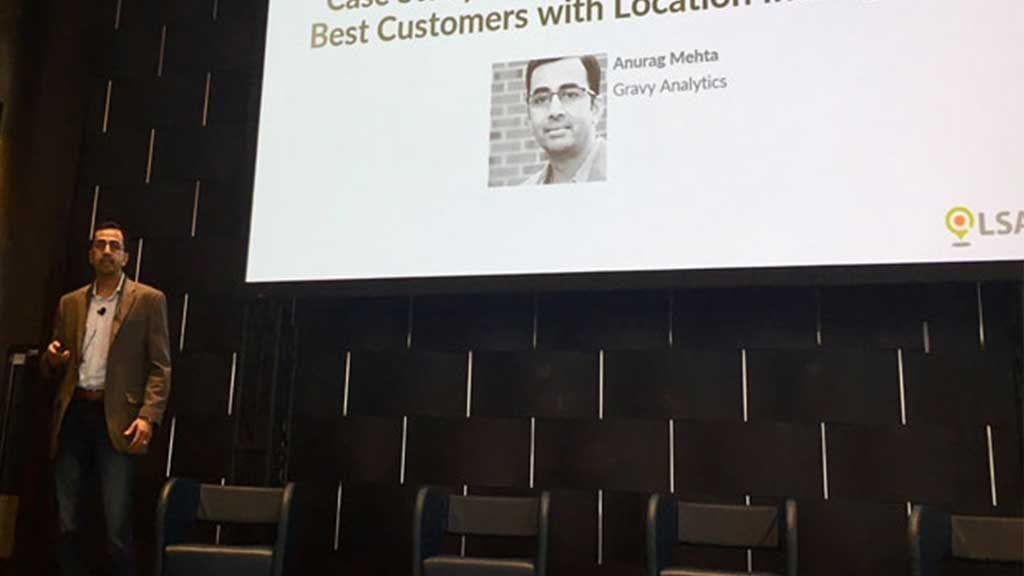Place Conference: Case Study — How to Find (More of) Your Best Customers with Location Intelligence
September 14, 2018

In the last 5 years, more than 150 meal kit companies have come to market, meeting consumers’ demand for convenience, and filling a variety of dietary niches. Although a few companies have unfortunately dissolved amidst the fierce competition, the market is still expected to generate $3 billion in sales in 2018.
Yet, there are industry-wide problems with customer churn. An Emory University professor estimates that 70% of Blue Apron customers and 80% of HelloFresh customers churn within 6 months of acquisition. Today, the challenge for meal kit companies is clear: sell meal kit subscriptions while establishing long-term, loyal customer relationships.

Earlier this year, meal kit delivery company Terra’s Kitchen approached Gravy Analytics with three key objectives in mind:
What exactly can online businesses uniquely do with this information?
- Improve understanding of their best customers – those with the longest tenure and highest CLV
- Identify new, lookalike customers that resemble those best customers
- Acquire new, loyal customers in key target markets
Gravy Analytics’ SVP of Audience and Data Solutions, Anurag Mehta, took the stage at today’s Place Conference to share his perspective on the engagement and some key takeaways. As the client engagement lead for this project, I thought I’d also share a few of my own.
Prior to working with Gravy Analytics, Terra’s Kitchen relied solely on demographic and social media data for segmentation and targeting. This approach didn’t provide the data needed to distinguish between the sort of customer that might try their service from one that might become a long-term subscriber. Terra’s Kitchen was eager to learn more about its current “best” customers’ real-world interests and behaviors to build out its customer profiles.
The ultimate goal for Terra’s Kitchen was, of course, to maximize the value of its acquisition efforts and marketing spend. To do so, Terra’s Kitchen needed to target the segment of consumers with the most potential to become loyal, long-term customers with its next advertising campaigns. Figuring out how execute this plan was particularly important as the company was also planning to expand its service areas.
Gravy was able to identify key behavioral profiles within Terra’s Kitchen’s best customer segment related to consumer spending habits, nutrition and/or recreation-based lifestyles and life stage transitions. These learnings gave Terra’s Kitchen valuable insight into their terrestrial competitors, exposed new partnership and sponsorship opportunities, and helped to validate their future roadmap plans.
This case study is a prime example of how an e-commerce company with no physical footprint — in a burgeoning, highly-competitive market — can use location intelligence to take their business to the next level. Once the behavioral analysis was complete, we identified close to 20M consumers across the U.S. fitting that best customers profile, then created a custom audience for use in future advertising campaigns. Gravy’s data truly helped Terra’s Kitchen understand their best customers and set the stage to find more like them in the real world.
Are there any next steps that I’d recommend? I’d like to analyze their higher-churning customer segment(s) to really pinpoint the difference between loyal subscribers and those with a propensity to churn. By doing so, Terra’s Kitchen would be even better equipped to avoid marketing to this segment in the future. Or, perhaps they’d identify new ways to retain customers that might typically cancel their subscription, or to conquest customers from their competition.
If you missed Anurag’s presentation at Place Conference in New York City and would like to learn more about Terra’s Kitchen and how they’re using location-derived behavioral intelligence, download the case study.




